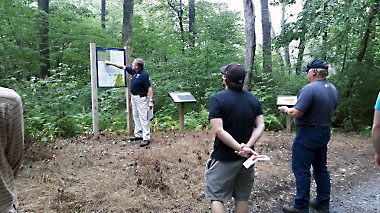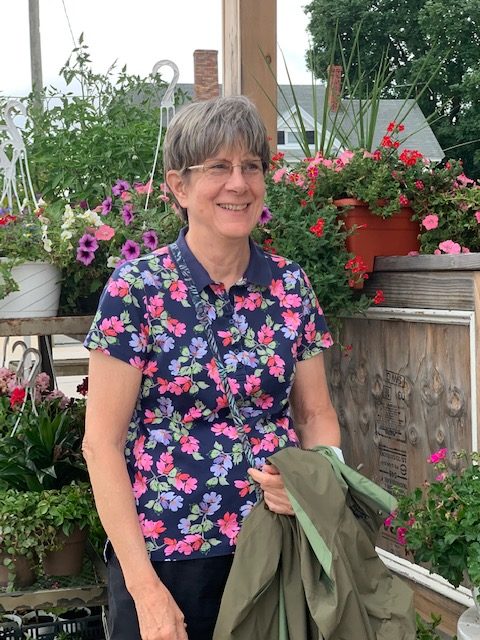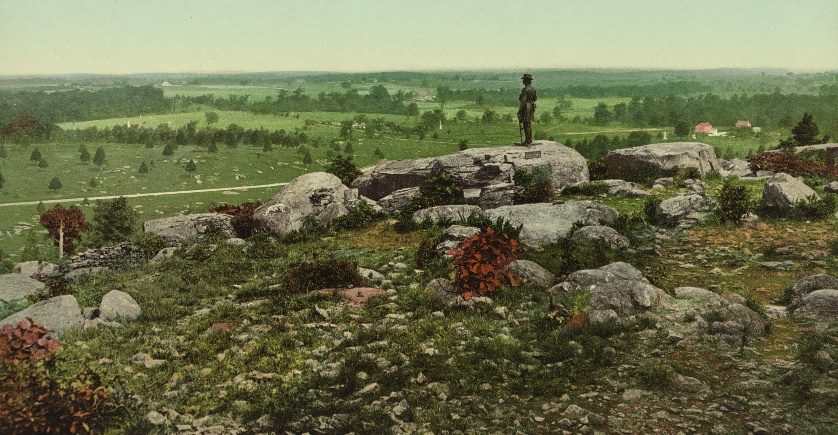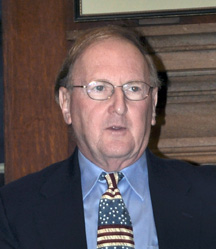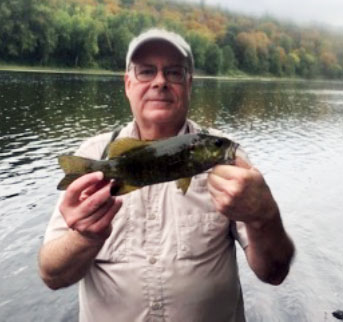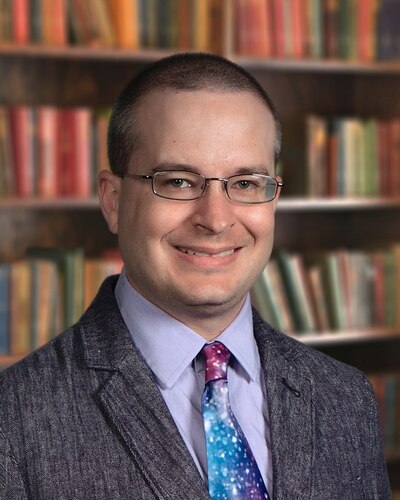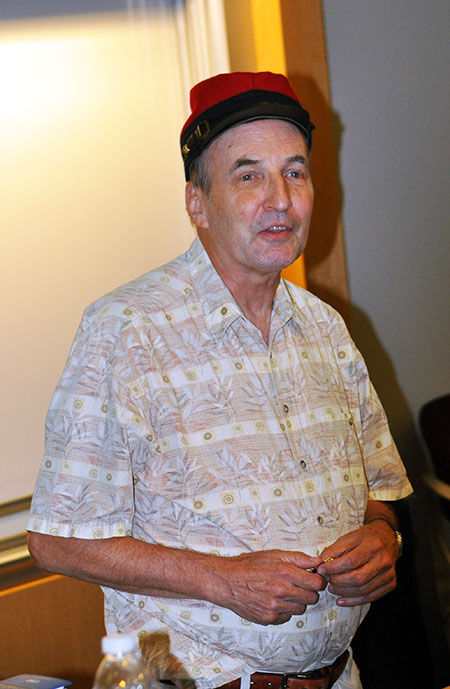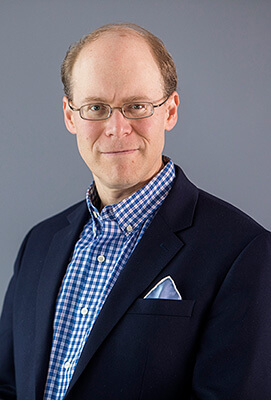John Galie was born in Pittsburgh, Pennsylvania, in 1955. At the age of five, he and his family moved to Heritage Village in Marlton, New Jersey, which is where he grew up. He attended Saint Joan of Arc elementary school and he was in the first graduating class. He then went to Holy Cross in Delran for high school and John told me that it was painful. There was a far distance between his house and the high school with only one bus traveling between the two once a day. Because of this, he didn’t participate in many after-school activities. He did however find some solace with the photography club since we could complete his assignments in and around his home.
John quickly realized that he wanted to become a mechanic so during high school he worked at small local repair shops specializing in lawn mower repairs. He learned a lot there and worked hard. His father’s philosophy was that if you want something you have to earn it and John took that to heart. He even worked as a janitor at his old elementary school for some extra money in order to buy his own tools.
After graduating from high school his father wanted him to go to college, so John chose to attend Drexel University in Philadelphia to become a Mechanical Engineer. His career path would forever change after his co-op program year with the National Weather Service in Washington, DC. There he was exposed to a computer for the first time and it blew his mind. Right then and there he decided to change his major to Electrical Engineering and continued at Drexel for two more years.
During his third year at Drexel, he met a girl while on his Co-Op assignment in Washington, DC, named Patricia, who was a senior at Penn State. They were married during his junior year and moved to Flint, Michigan, where Pat took a job with A.C. Spark Plug. This move required changing schools so John transferred to the University of Michigan in Ann Arbor. He had to drive 50 miles to and from school which left no time for extracurriculars. The tedium of traffic and the annoyance of never attending a football game at this school was all worth it though when John graduated Magna Cum Laude and got a great job at IBM.
His job involved developing semiconductors and processing technologies in East Fishkill, New York. In 1986 IBM reorganized and asked employees to volunteer to switch into different branches of the company. John volunteered to switch from the manufacturing side to the technical sales force. Over the years, John’s various account responsibilities included State and Local Governments, casinos in Atlantic City, and finally the U.S. Army.
This sales position took John and his family to Cherry Hill, New Jersey, which is where he currently resides. He and his wife have been married for 45 years and they have four children who all became engineers. John has been involved with several volunteer opportunities such as being a Cub Scout leader for his son, Little League Coach, as well as being a Big Brother. John served on the Cherry Hill Board of Education for 12 years which enabled him to present all four of his children with their high school diplomas. Now his children are grown, and he enjoys spending time with his eight grandchildren. John retired from IBM in 2008 after 30 years of service.
John’s interest in history started at an early age, when one cold November morning, his father woke him and his brother at four AM and said “get up, you two are coming with me.” His father had business that day in Washington, DC, and afterwards took the boys to Arlington National Cemetery. It was Tuesday November 26th, 1963, the day after JFK was buried. His parents both served in the U.S. Army Signal Corps during World War II. His father was a radio intercept operator-(German)-stationed in Europe and his mother was a high-speed radio operator in the Women’s Axillary Corp (WAC), stationed at Vint Hill Farms, Virginia. What really ignited his spark of interest in Civil War history was his first visit to Gettysburg with his good friend Bob Russo. After which he started looking into his family history and discovered that his grandfather served in World War I and his great grandfather served in the Civil War, 12th VA Co G. John went to Old Baldy meetings off and on for a few years until eventually deciding to join the organization. He has been a member for five years now and thoroughly enjoys it. John is currently a volunteer battlefield interpreter at the Monterey Pass Battlefield, Blue Ridge Summit, PA, where he conducts weekend tours on a monthly basis.
Profile written by Talon Lauriello.

